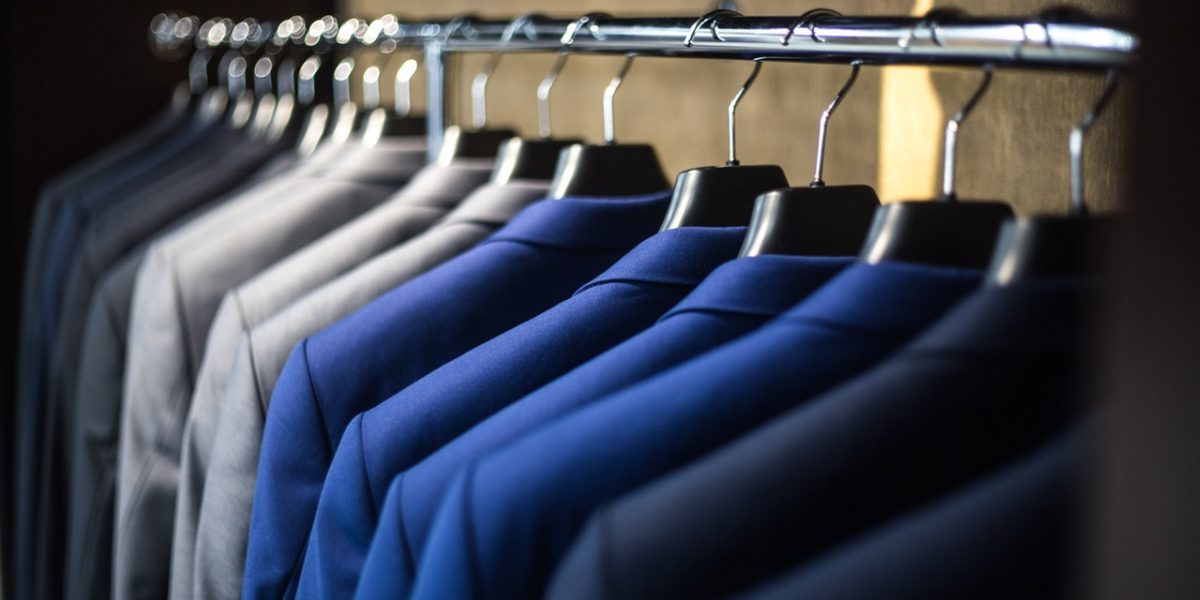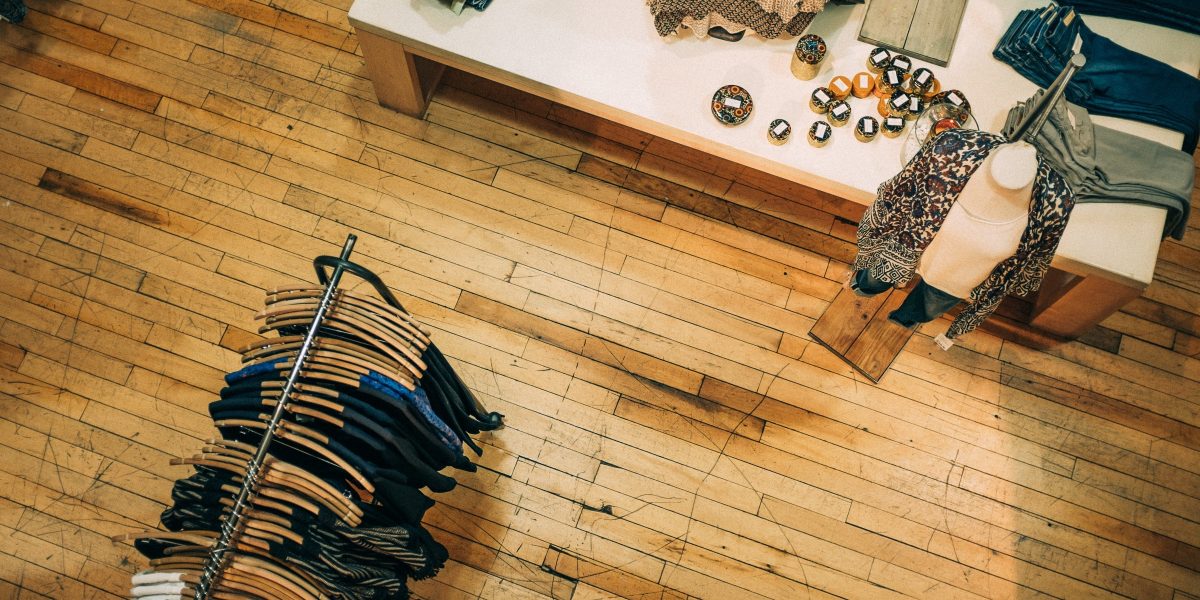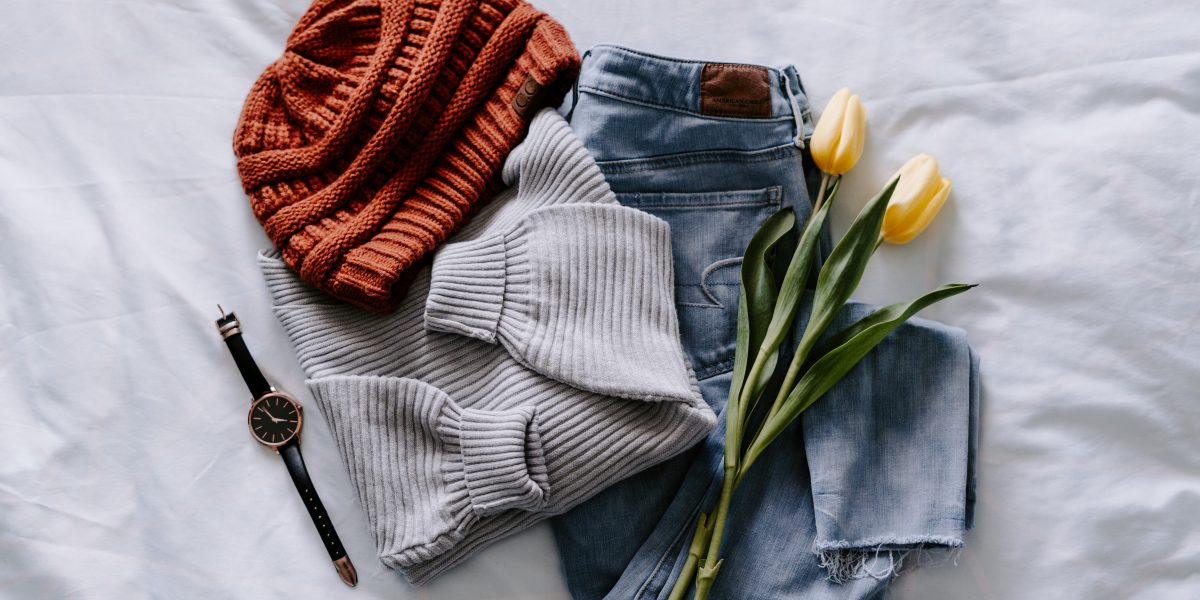Tag: Clothing Manufacturer
2020 Manufacturing Trends
2020 is in full swing, and trends in the fashion industry are beginning to emerge. Many manufacturers are anxious about what the rest of the year will bring. However, if manufacturers are aware of the upcoming trends, they can prepare accordingly. The following are some projections the industry is likely to see.
Prioritizing Sustainability
Most people don’t view the fashion industry as sustainable. With threats such as climate change, however, many consumers are looking for more earth-friendly options. They will want to stay away from brands that require excessive energy consumption, pollution, and waste. Fashion leaders need to change their ways to appeal to customers. Taking significant steps to reduce their carbon footprint, however, can turn into a powerful opportunity for advertising.
The younger generation leading the current earth-friendly movement has stated that they’re open to paying more for clothing that is safer for the environment. Many believe that sustainability is simultaneously one of the industry’s biggest challenges and opportunities.
New Materials
Fashion brands are also interested in creating sustainable fabrics that are safer for the environment than today’s harmful materials. Thanks to recently-developed fiber technology and new materials, there are a variety of opportunities. We can expect to see a strong emphasis on material innovation over the course of the year. In fact, sixty-seven percent of industry leaders believe that using sustainable materials is essential for their company’s future. Some companies have already begun creating alternatives to leather with pineapple leaf fibers.
Future Risks
Unfortunately, many fashion executives are feeling pessimistic about the future of the industry. The world is threatened by geopolitical instability and the risk of an upcoming recession. Every world event has a direct impact on the global economy and the entire fashion industry. To combat these risks, fashion leaders have to exercise caution by planning for risks ranging from trade tensions to new policies.
Fashion manufacturers need to stay on top of things by closely monitoring global events. They should also exercise operational flexibility and digitize all the equipment possible.
The upcoming year presents a variety of challenges to the fashion industry. Manufacturers, however, can stay ahead of the curve by keeping a careful eye on current events and becoming more sustainable than ever before.
Rented Clothing? Here’s What You Need To Know
With more fashion brands focusing on sustainability, it was only a matter of time before renting clothes became the “in thing” to do. To date, there are already a few fashion houses that allow consumers to rent their favorite pieces, return them and then rent something else.
But with so many people wondering whether this really helps decrease their carbon footprint and help aid in the exploitation of factory workers, understanding the process means weighing the pros and cons of rental clothing.
From Couture To Fast Fashion
By far, Rent the Runway is one of the top fashion rental lines that allows consumers to wear designer duds at a fraction of the cost. There are also others that offer the same business model but on a smaller scale. Gwynnie Bee, Le Tote, and other brands also offer subscription-based rentals, which allows customers to rent a specific number of outfits each month.
The idea is to create an environment where fashion is affordable for everyone. The issue is, even with the lower price point, not everyone can afford it. However, with so much positive focus on the decreasing waste that often accompanies clothing manufacturing, rental clothing seems to be on the upswing.
In terms of scalability, the rental clothing business model seems sound. It allows brands to profit from traditional sales but also cater in a new genre of consumers who don’t want to commit or leave a negative mark on the environment. Especially when it comes to water usage and the direct correlation between fashion and a younger demographic, rental clothing lines seem to be the most popular choice.
Final Thoughts
While rented fashion may not be for everyone, it’s not surprising that so many brands are jumping on the rental bandwagon. And not everyone brand will make it when it comes to renting couture, it can reduce their carbon footprint.
For consumers, renting clothing does allow them to save money, change their style and do their part when it comes to decreasing what ends up in a landfill. But with so many still unanswered questions about clothing rental, the only way to know if it will become mainstream or simply be thought of as a passing fad is time.
Tools To Improve The Way Your Garments Fit
Customers value the way their clothing fits. The fit of a clothing garment is one of the most important things that customers look for when shopping for clothing or when cleaning out their wardrobes. Customers remain loyal to brands when they are satisfied with the fits that the brands offer them and recognize the consistency of the brands’ products.
Due to many different types of body shapes and sizes, it can be tough for manufacturers to design clothing that fits well with a wide range of people. To cut back on production costs, many manufacturers choose to design clothing garments that fit better for certain body types than others. There are many tools that manufacturers can utilize when aiming to improve the fit of their clothing garments.
Understanding The Audience
A clothing brand needs to understand who their customers are. Additionally, the brand needs to understand the use of clothing. Clothing that is designed for use on a worksite, or protective in nature, needs to fit tighter than clothing designed for a gala. While many clothing manufacturers track the sizes of the clothing that is purchased the most by their customers, they tend to miss the morphotypes of their customers. A morphotype, or body shape, determine the way that a clothing garment looks on a person.
Body Scanning
Many clothing brands obtain measurements by measuring the body dimensions of their ideal customers, not their realistic customers. With the advancements in modern technology, it is possible for brands to obtain more inclusive measurements. Both 3D and 4D scanning allow manufacturers to capture detailed measurements across a wide range of people. Unlike in previous decades, the scans can be saved and adjusted further while the models are unavailable. 3D scanning is able to capture the overall body dimensions of a subject but 4D scanning can capture movements and gestures.
Conclusion
The fit of a clothing garment is a deciding factor when customers are choosing clothing items. Modern technology and the availability of varying software platforms allows manufacturers to design clothing that fit better for a wider range of customers. Satisfaction with the way that a clothing item fits will prevent future returns and exchanges of a brand’s garments.




